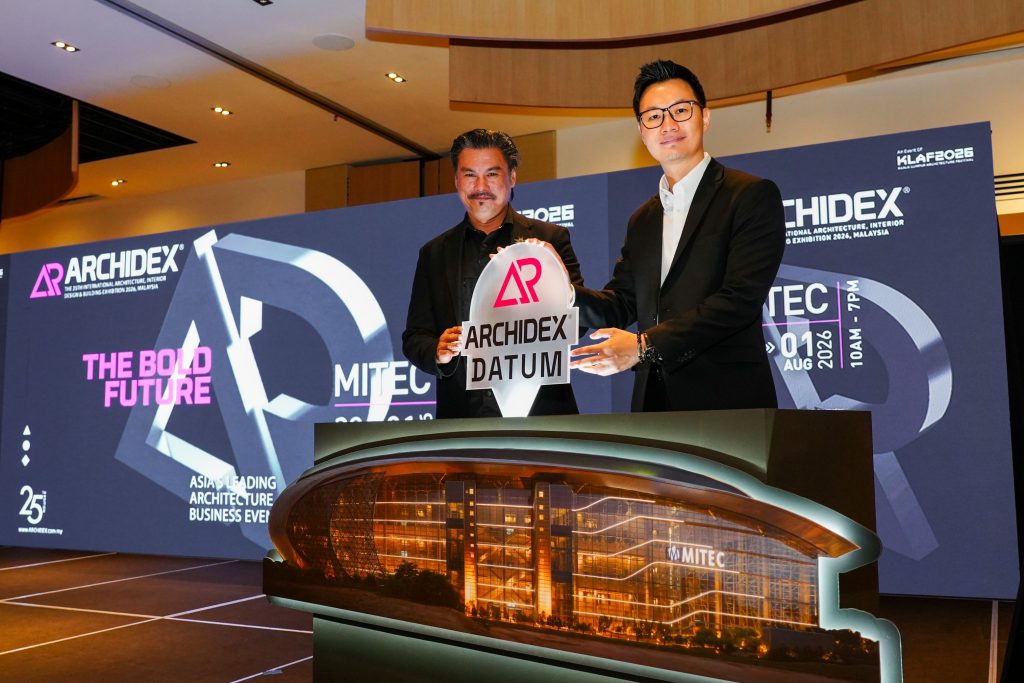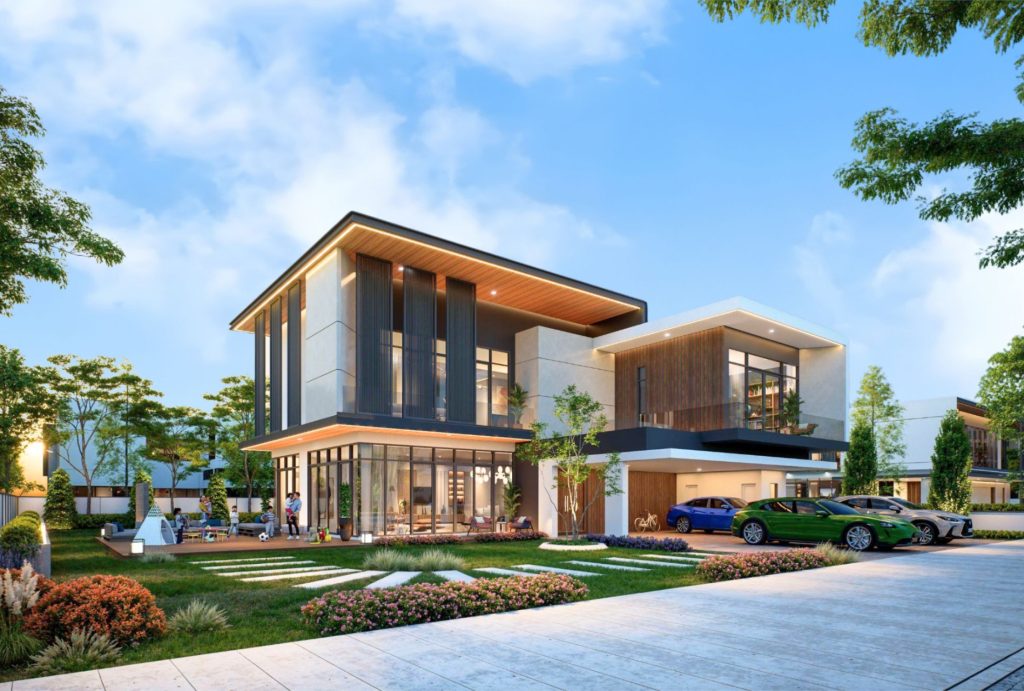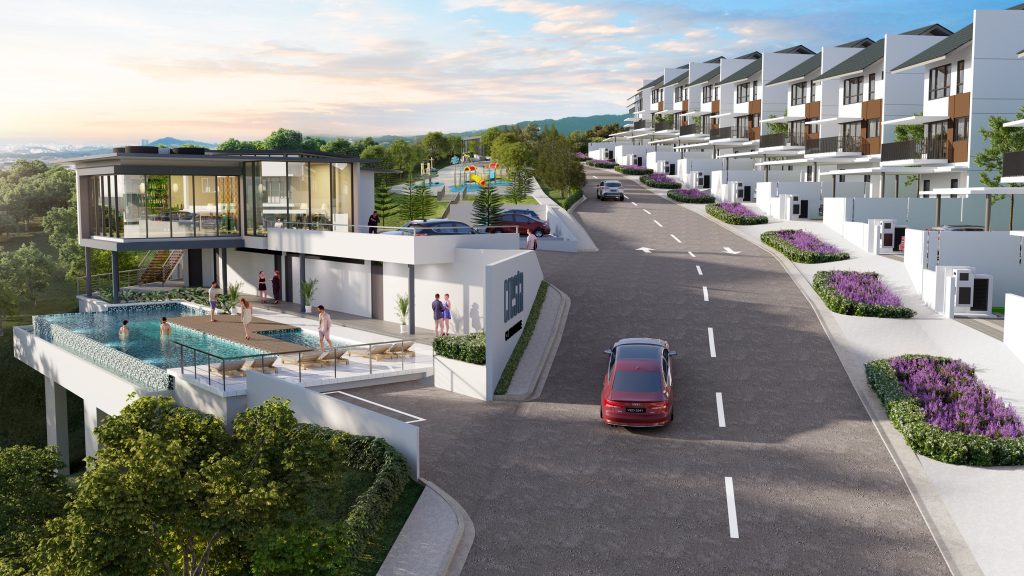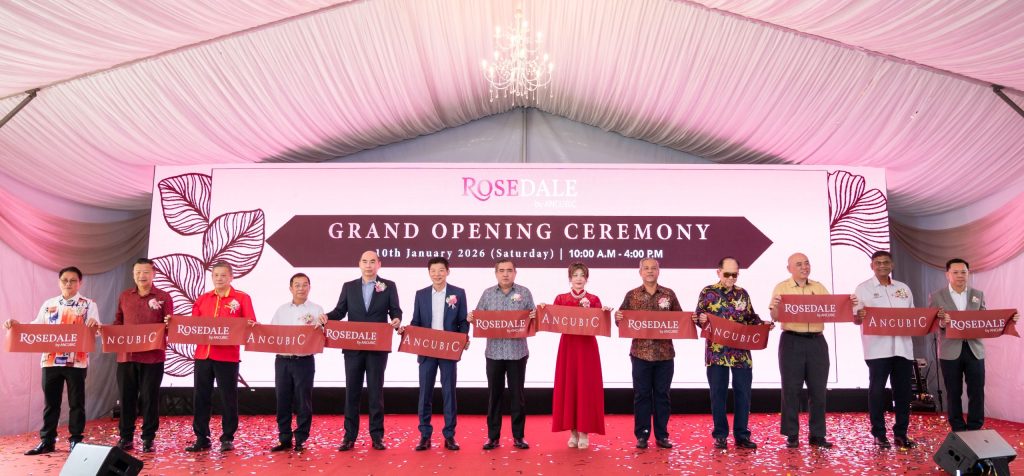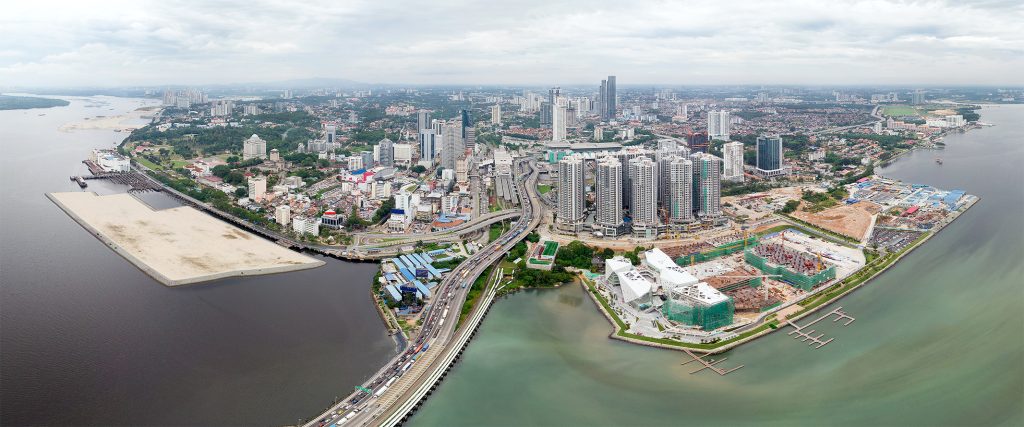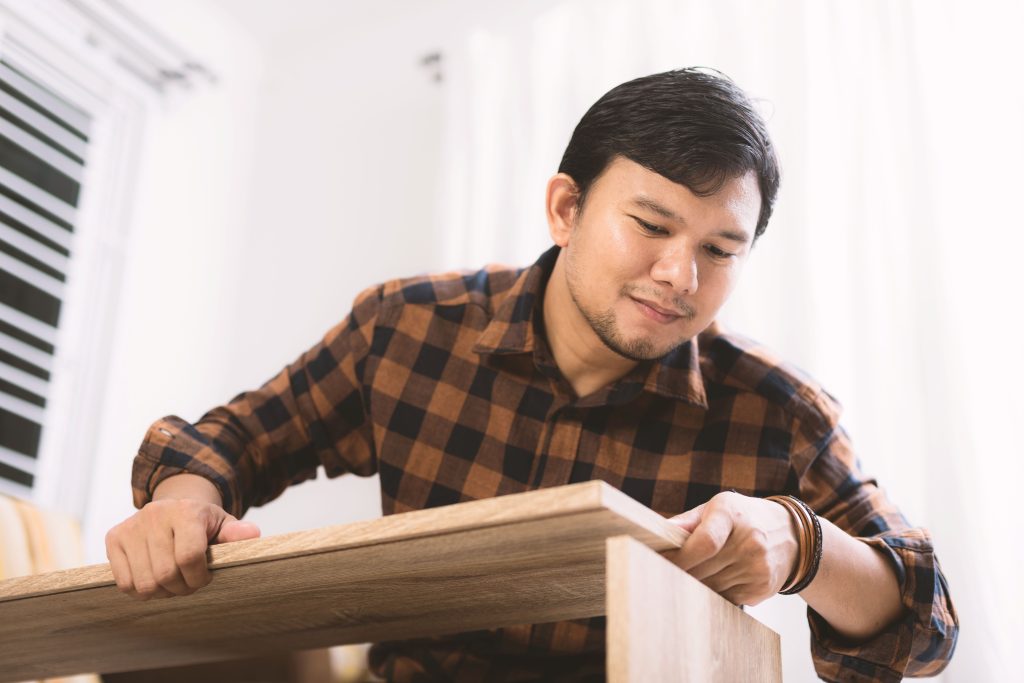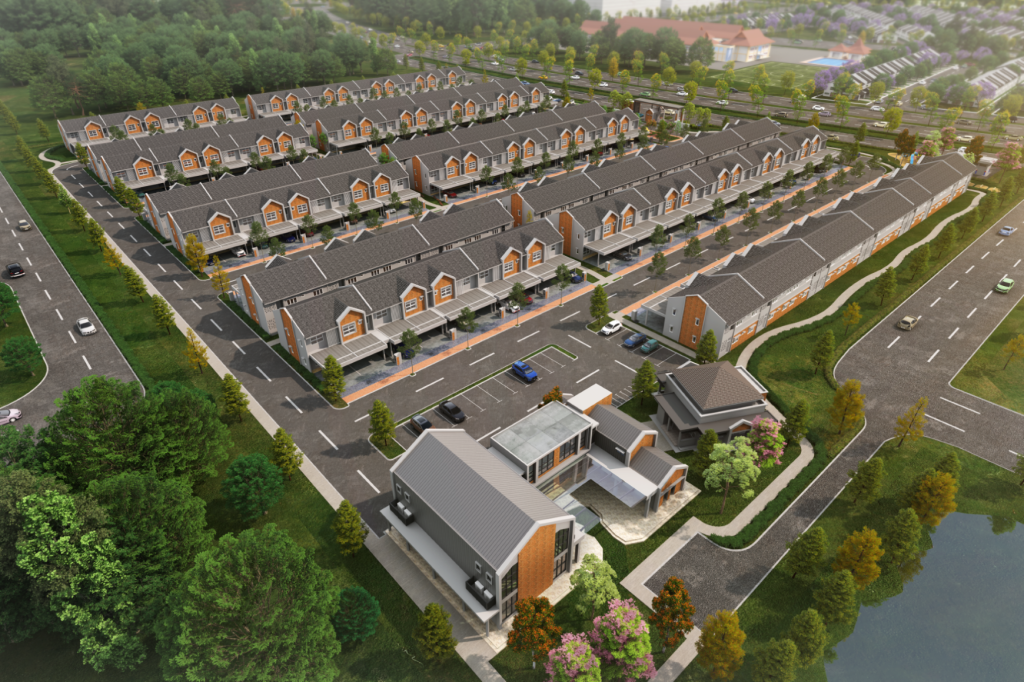The progress of urban revitalisation remains slow
By Yanika Liew
As the modern way of life continues to change and adapt, older buildings and districts are slowly edging towards disuse, unable to keep up to former glory. But these neighbourhoods and residential areas still have the potential to contribute to the economic and social development of its communities, should they be revitalised and restructured.
As the population continues to grow, it makes sense to rejuvenate and revitalise the older buildings and neighbourhoods to draw back the former residents and inject fresh blood into these communities.
The Department of Statistics reported that Malaysia has a total population of 33.2 million, which represents a 1.6% population growth in the first quarter of 2023 as compared to the same period in 2022. However, the population is distributed unevenly throughout districts, as in the case in Kuala Lumpur (KL), according to the 2040 KL Structure Plan.
“Urban rejuvenation is the process of renovating dilapidated buildings,” University Putra Malaysia design and architecture faculty teaching fellow Dr Marek Kozlowski said.
Through these revitalising projects, communities will be able to find a use for old, dilapidated buildings, creating a hub for the neighbourhood that will reinvigorate social and economic interactions.
“The other important term is urban regeneration, which is a comprehensive approach aimed at improving the physical, social, and economic conditions of deprived urban areas. The term rejuvenation refers mainly to physical change,” he added.
Kozlowski noted that there was an entire section dedicated to the urban regeneration of old areas of Kuala Lumpur in the new 2040 Kuala Lumpur Structure Plan, which was a positive sign.
The 2040 Kuala Lumpur Structure Plan designated sub-prime shopping, dining and entertainment areas as those that could support the role of district centres. These were precincts, whether new or existing, that have been unable to effectively perform their roles, resulting in vacant or empty commercial floor space.
In Kuala Lumpur, areas that were being considered for urban regeneration include Jalan Davis – Jalan Selatan, Jalan Pekeliling, Jalan Pudu and Sentul.
“However, apart from the low-cost improvement projects conducted by Think City, the only recently completed major rejuvenation project I can think of is Rex KL. Renowned historic buildings such as the former Malay States Survey Office along Jalan Tun Perak or the former Chow Kit and Co department store are vacant or underutilised,” Kozlowski said.
Think City, a wholly owned subsidiary of Khazanah Nasional Bhd, is an organisation specialising in urban regeneration, aiming to make cities more liveable, environmentally and socially sustainable.
Rejuvenation projects use new residential and commercial buildings to attract new businesses, bringing investment into the area, and leading to increased economic activity and job creation for the community. The emphasis on improving the built environment also allows more opportunities for connection and community among the residents, with increased infrastructure, neighbourhood spaces and more.
These efforts allow the quality of life within these areas to improve. Consequently, a better quality of life allows for increased property values as well as interest. These areas could become a new tourist attraction for locals and international visitors, benefiting both homeowners and businesses.
While the concept of urban regeneration is not a new one, the progress towards these initiatives remains slow.
“In rhetoric, yes, one can see it even in professional magazines such as Architecture Malaysia, but in practice? Well, we must understand that because of the Covid pandemic, everything came to a standstill for almost two years,” Kozlowski said.
“We need a few more years to see any positive outcomes. But there have been some successful urban regeneration projects in Malaysia in the past. For example, the regeneration of the Riverfront in the Melaka Old Town or Brickfields in Kuala Lumpur - so let’s hope such projects can be repeated in the foreseeable future,” he added.

Jalan Alor, Jalan Rumbia and Changkat Bukit Bintang in the capital, used to be known as black spots and now the atmosphere turns into a beautiful and interesting area.
The mural painting is a Kuala Lumpur City Hall (DBKL) project aimed at upgrading the area around the capital to attract more tourists from local and foreign to appreciate the abandoned location.
In the hallway, there are paintings with the concept of nature to give a new aura as well as make visitors feel safe.
Previously, the location was not appreciated due to the unsuitable conditions used as a place of leisure. But this mural painting livens up the atmosphere and gives a fresh aura.— MUHAMAD SHAHRIL ROSLI/The Star
Kozlowski pointed out that there should be more emphasis placed on promoting private-public partnerships, as well as providing incentives in rejuvenating old buildings and regenerating decaying urban areas.
“For example, a program involving property owners and business entrepreneurs in rejuvenating their streets has been very successful in Australian cities. Such a program could also be applied in Malaysian cities,” he said.
However, when it comes to historical sites, regeneration efforts can be difficult. A report on Brickfields noted that the local culture was gradually declining from its original community while new residents are slowly changing culture into something new.
The fear of losing the local culture could also be tied back to the issue of gentrification, wherein an area is rebuilt with more expensive housing and commercial shop lots, inviting wealthier tenants and residents, thereby displacing the low-income residents that have lived there for years.
“The process of gentrification of the older parts of the city is not yet that visible in Malaysia,” Kozlowski noted.
“There are no examples such as Paddington in Sydney or Notting Hill in London, where working-class districts have been totally transformed into high-end residential neighbourhoods. Although it’s common knowledge that property prices in areas such as historic Georgetown have rapidly increased in the last few years,”
He pointed out that in Europe and even parts of North America and Australia, there was a very strong sense of retaining the old urban fabric and people are willing to pay lots of money just to live in old historical precincts. These trends would automatically trigger the gentrification of the old city fabric.
The difference between simply redeveloping a stagnant area, and rejuvenating, is the community. The consideration of the local community, whether low-income or not, is an important step when embarking on a rejuvenation project.
While rejuvenation projects are often seen as a lifeline to a district, these projects have to be managed carefully. With the amount of traffic already on Malaysian roads, increased development in an area can lead to increased traffic, as well as placing an environmental burden on the neighbourhood.
Despite the improvement of the overhang in Malaysia in comparison to the first half of 2022, the issue remains in both residential and commercial properties. The requirements and needs of an urban rejuvenation project within Kuala Lumpur is sure to be different from one in Klang or Seremban, as it is a complex undertaking with both potential benefits and drawbacks.
Rejuvenation projects require a planning process that includes all stakeholders, not just the developers, but the community as a whole. These are residents, businesses and community organisations which would be the ones utilising the spaces, putting their energy into reinvigorating the area.
As such, these projects need to be accessible to all residents. It is not simply meant to be a redeveloped, modernised area, but a centre for sharing and community that will be part of the region’s DNA for years to come.
Stay ahead of the crowd and enjoy fresh insights on real estate, property development, and lifestyle trends when you subscribe to our newsletter and follow us on social media.



